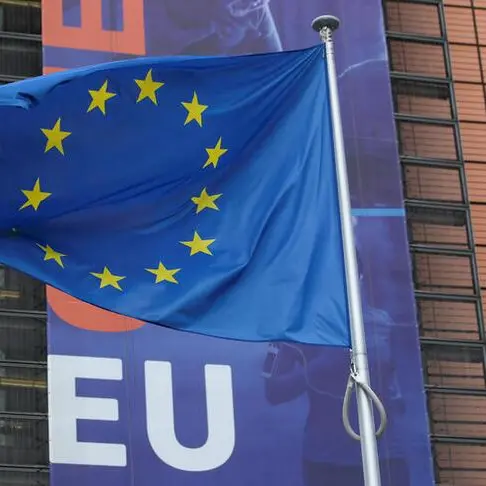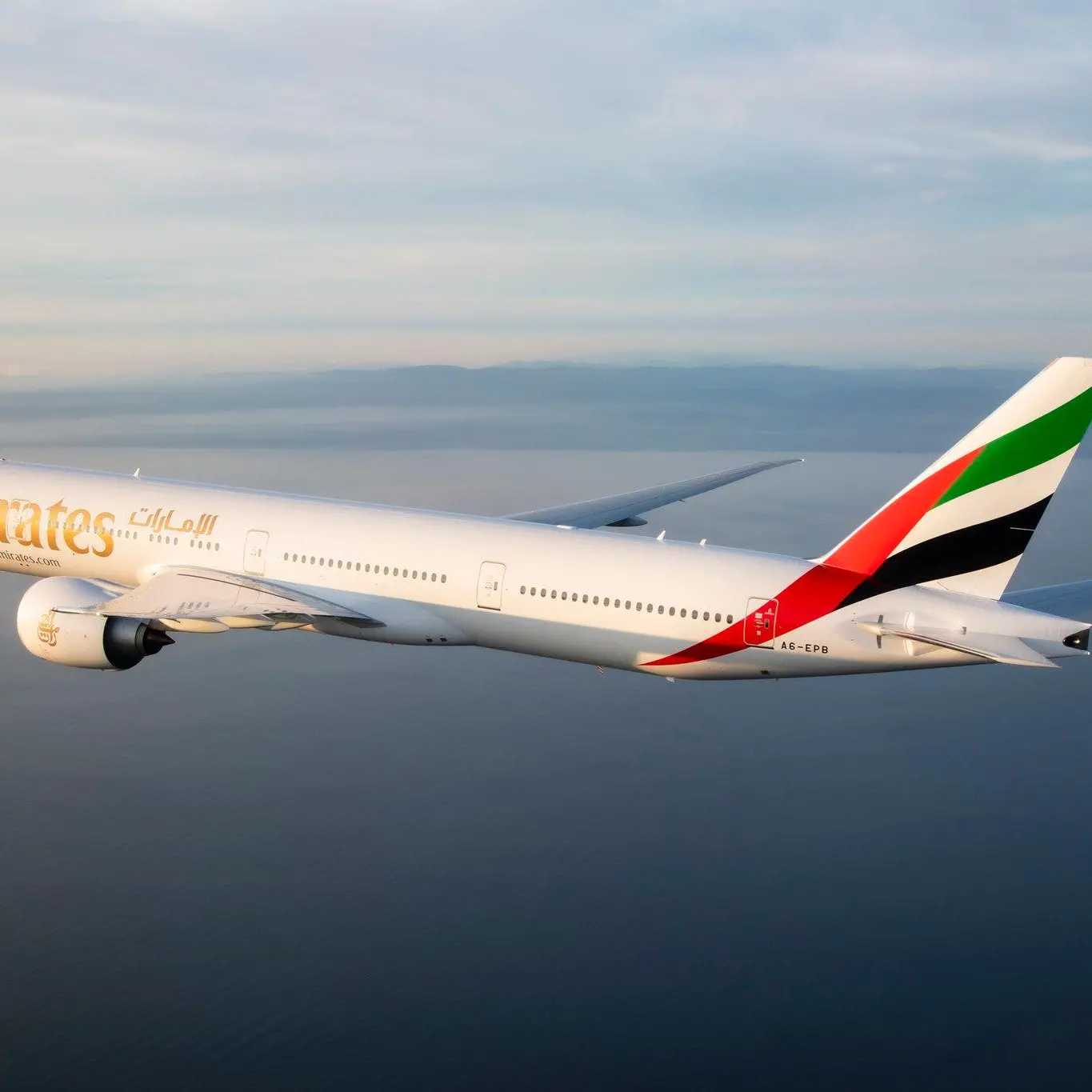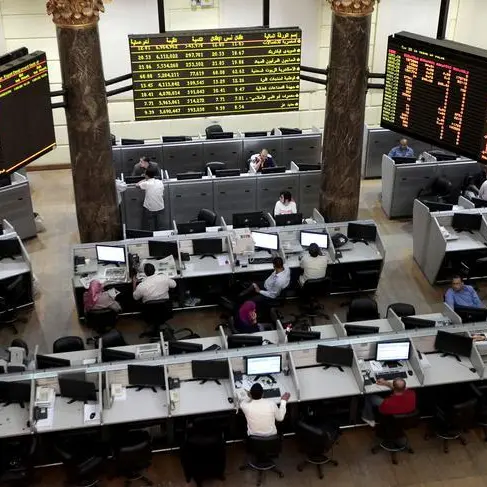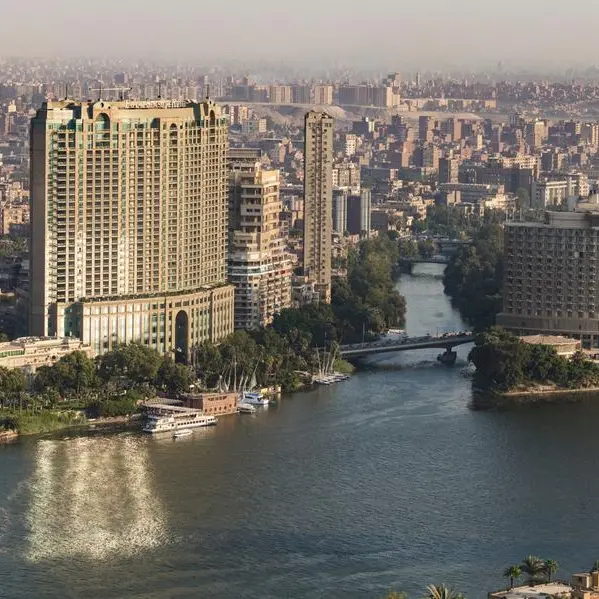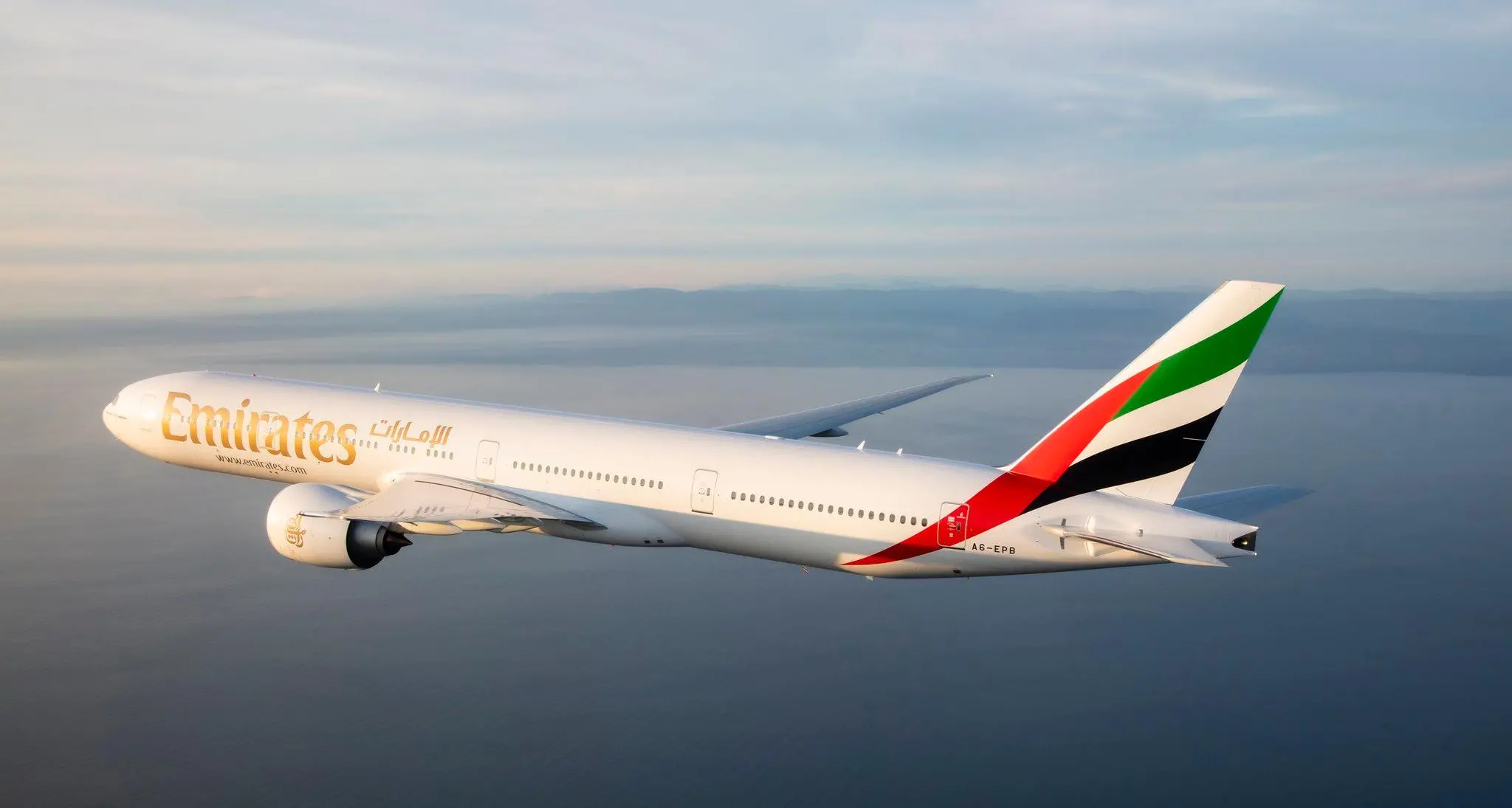PHOTO
This May, hotel occupancy in Dubai dropped below the average of the previous two months, but the outlook is positive, with the easing of restrictions on travel from India, South Africa and Nigeria as well as from the GCC nations, which are the biggest source markets for the emirate.
Hotel occupancy in Dubai fell to 58.5 percent in May 2021 from 59.4 percent in April and 60.5 percent in March. Revenue per available room (RevPAR) declined 13 percent month-on-month (m-o-m) in May, the first monthly decline since February, according to Emirates NBD research.
The introduction of travel restrictions on flights from India on 25 April 2021, in response to the surge in coronavirus cases there, would have had an impact on Dubai’s travel and hospitality sector as India is the largest source of international visitors to Dubai.
“While the hotel occupancy rate was only marginally lower in May than in April, this was likely due to price discounting by hotels to support demand, as well staycations and the Eid holiday,” the report said.
In a bid to revive its economy, Dubai in May eased some of its COVID-19 restrictions, allowing social gatherings and live entertainments to resume with less stringent requirements.
However, according to Emirates NBD, “a bigger headwind to the recovery of the tourism sector is the restrictions (including quarantine requirements) that have been imposed by other countries on their residents travelling to the UAE.”
Pre-COVID, the GCC countries accounted for 18 percent of Dubai’s international visitors, with Saudi Arabia being the second largest source market after India.
In the first four months of 2021, the GCC accounted for just 3 percent of total international visitors with restrictions and quarantine requirements largely imposed by other GCC states.
“These have been relaxed in recent weeks however, and it’s possible that the data for May and June will show a return of GCC visitors to Dubai in a more meaningful way,” Khatija Haque, Head of Research & Chief Economist, Emirates NBD said.
Meanwhile, UK has traditionally been the third largest source market for international visitors to Dubai with 1.2 million visitors in 2019 but the UK’s decision to keep the UAE on its red-list is likely to deter holiday-makers from coming to Dubai, despite the UAE’s high vaccination rates, the report added.
This has increased the importance of Eastern Europe and central Asian markets, the report noted. Russia and the CIS countries accounted for 21 percent of all visitors to Dubai in the first four months of this year, compared with 9 percent in 2019. Visitors from African countries accounted for 9 percent of international visitors in Jan-Apr 2021 up from 6 percent pre-COVID.
(Writing by Brinda Darasha; editing by Seban Scaria)
Disclaimer: This article is provided for informational purposes only. The content does not provide tax, legal or investment advice or opinion regarding the suitability, value or profitability of any particular security, portfolio or investment strategy. Read our full disclaimer policy here.
© ZAWYA 2021


